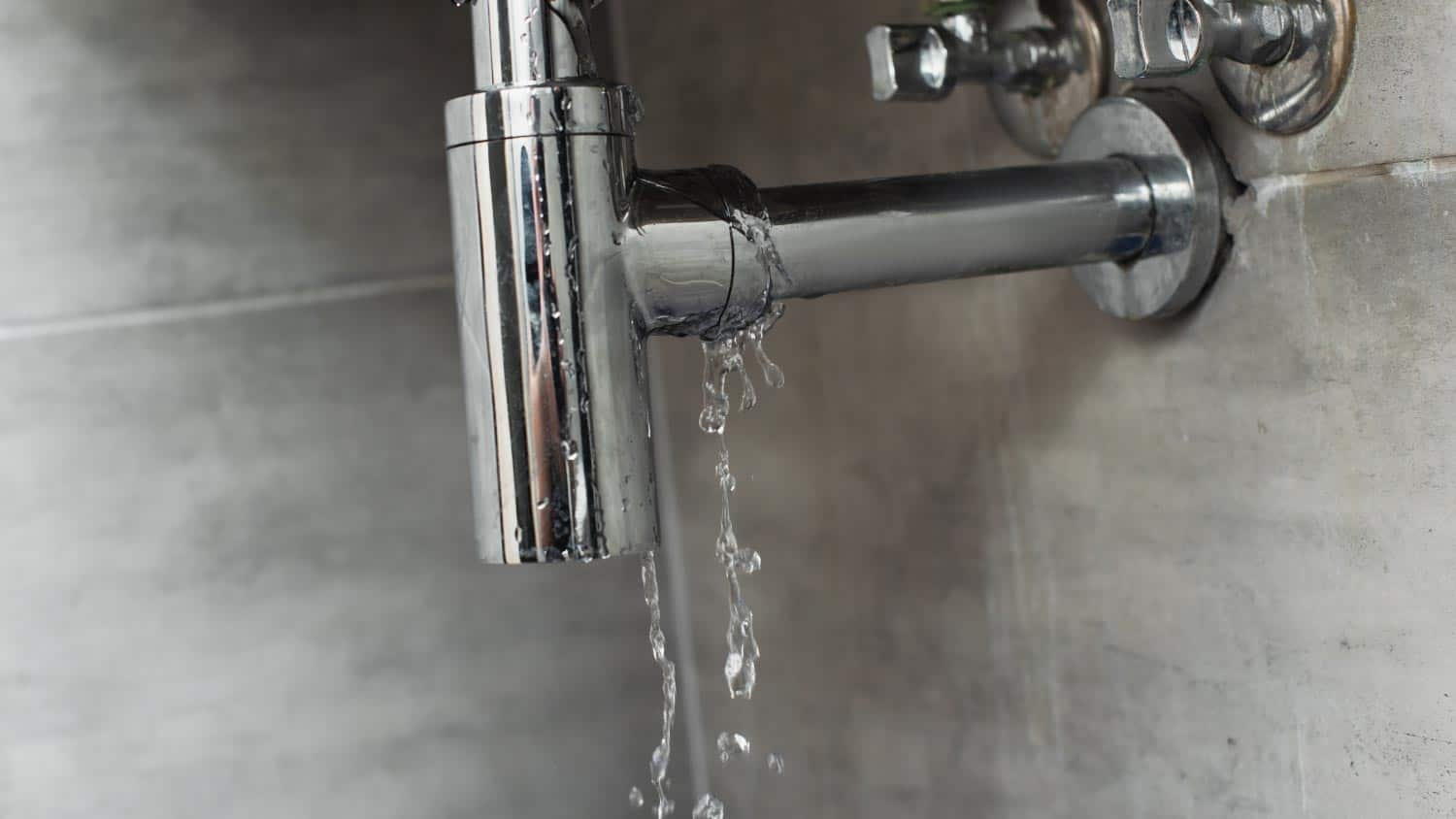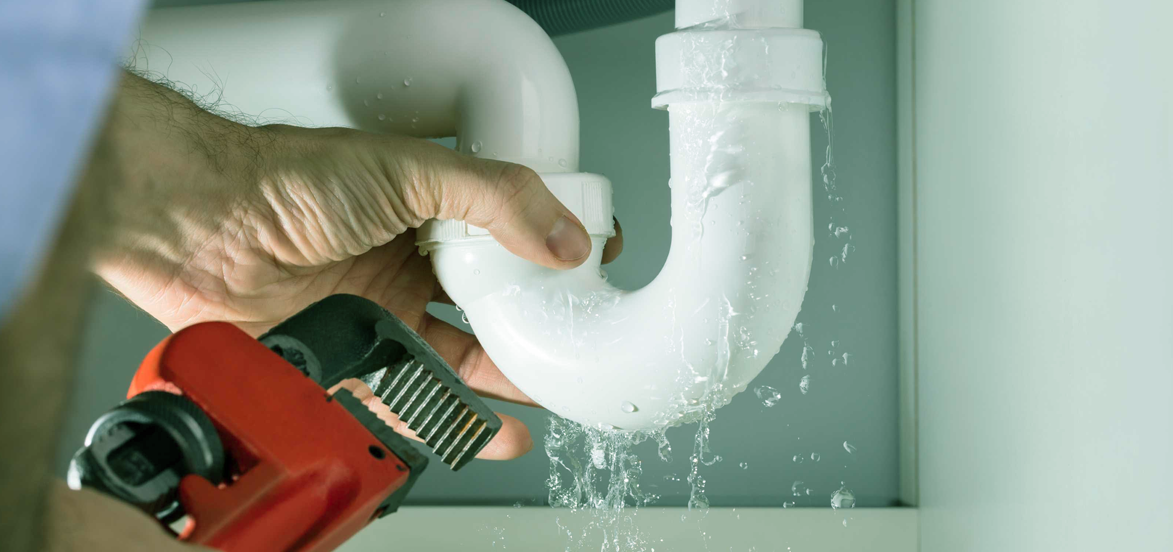Overview To Water Leakage Detection At Home
Overview To Water Leakage Detection At Home
Blog Article
This post which follows pertaining to Top leak detection hacks is highly intriguing. You should take a look.

Early discovery of dripping water lines can reduce a potential calamity. Apart from conserving you cash, it will reduce the worry and also aggravation. The moment you find a leakage, calling your plumber for repairs is the best remedy. Some small water leakages might not be visible. If you can not identify it with your nude eyes, here are some hacks that help.
1. Take A Look At the Water Meter
Every house has a water meter. Inspecting it is a surefire manner in which aids you find leaks. For beginners, turn off all the water sources. Ensure no person will purge, use the tap, shower, run the cleaning device or dishwasher. From there, go to the meter and watch if it will transform. Because no person is utilizing it, there need to be no movements. That shows a fast-moving leak if it moves. Similarly, if you spot no changes, wait a hr or two and inspect back once more. This implies you might have a slow leak that could even be below ground.
2. Inspect Water Consumption
Assess your water expenses and also track your water consumption. As the one paying it, you should see if there are any type of disparities. If you find sudden changes, despite your usage being the same, it means that you have leakages in your plumbing system. Bear in mind, your water bill need to fall under the same variety every month. An abrupt spike in your bill shows a fast-moving leakage.
A consistent rise every month, even with the very same routines, shows you have a sluggish leak that's also slowly escalating. Call a plumber to completely check your home, specifically if you feel a cozy location on your flooring with piping below.
3. Do a Food Coloring Examination
When it comes to water consumption, 30% comes from toilets. If the color somehow infiltrates your bowl throughout that time without flushing, there's a leak in between the tank and also dish.
4. Asses Exterior Lines
Do not neglect to check your outside water lines as well. Test faucets by affixing a yard tube. Should water seep out of the connection, you have a loose rubber gasket. Replace this as well as make certain all connections are tight. If you have actually obtained a lawn sprinkler, it will aid get it properly took a look at as well as maintained annually. One little leak can squander lots of water as well as increase your water bill.
5. Check as well as Evaluate the Scenario
House owners should make it a practice to inspect under the sink counters as well as also inside closets for any bad odor or mold and mildew development. These 2 warnings indicate a leak so timely interest is called for. Doing routine examinations, even bi-annually, can conserve you from a major problem.
Check for discolorations and also weakening as a lot of pipelines and home appliances have a life expectations. If you suspect leaking water lines in your plumbing system, don't wait for it to rise.
Early discovery of leaking water lines can alleviate a possible calamity. Some tiny water leaks might not be visible. Inspecting it is a proven way that helps you find leaks. One small leakage can throw away loads of water as well as surge your water costs.
If you believe dripping water lines in your plumbing system, do not wait for it to escalate.
WARNING SIGNS OF WATER LEAKAGE BEHIND THE WALL
PERSISTENT MUSTY ODORS
As water slowly drips from a leaky pipe inside the wall, flooring and sheetrock stay damp and develop an odor similar to wet cardboard. It generates a musty smell that can help you find hidden leaks.
MOLD IN UNUSUAL AREAS
Mold usually grows in wet areas like kitchens, baths and laundry rooms. If you spot the stuff on walls or baseboards in other rooms of the house, it’s a good indicator of undetected water leaks.
STAINS THAT GROW
When mold thrives around a leaky pipe, it sometimes takes hold on the inside surface of the affected wall. A growing stain on otherwise clean sheetrock is often your sign of a hidden plumbing problem.
PEELING OR BUBBLING WALLPAPER / PAINT
This clue is easy to miss in rooms that don’t get much use. When you see wallpaper separating along seams or paint bubbling or flaking off the wall, blame sheetrock that stays wet because of an undetected leak.
BUCKLED CEILINGS AND STAINED FLOORS
If ceilings or floors in bathrooms, kitchens or laundry areas develop structural problems, don’t rule out constant damp inside the walls. Wet sheetrock can affect adjacent framing, flooring and ceilings.
https://www.servicemasterbyzaba.com/blog/how-to-detect-water-leakage-in-walls/

Do you like reading up on Locating water leaks? Make a remark down below. We would be interested to know your views about this page. We hope to see you back again later on. Be sure to set aside a second to share this write-up if you liked it. Many thanks for going through it.
Report this page